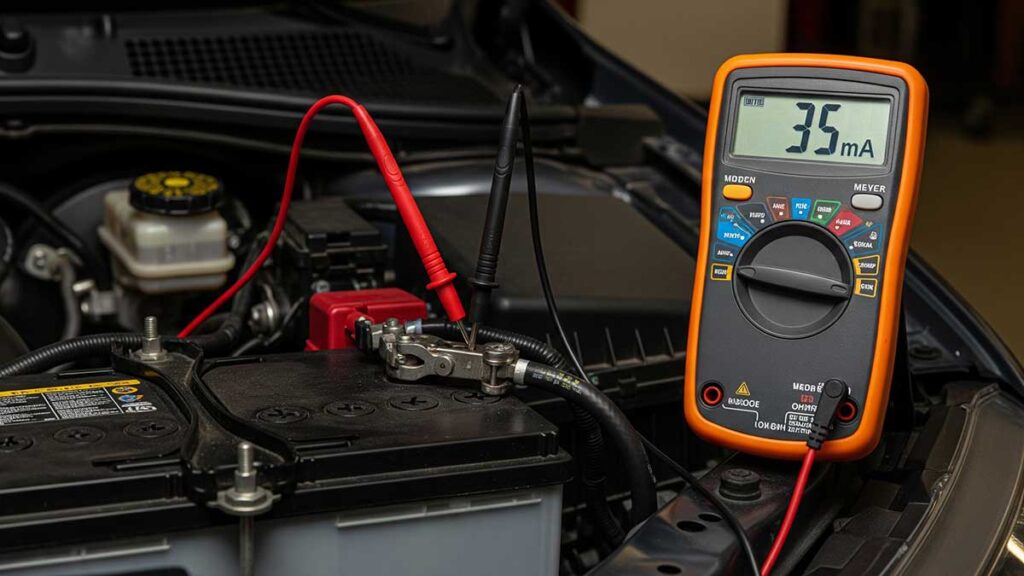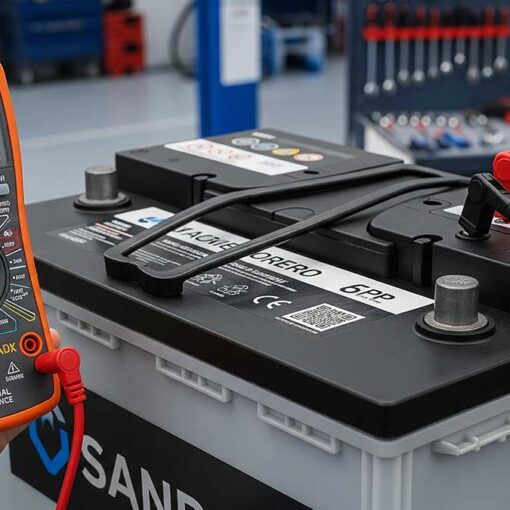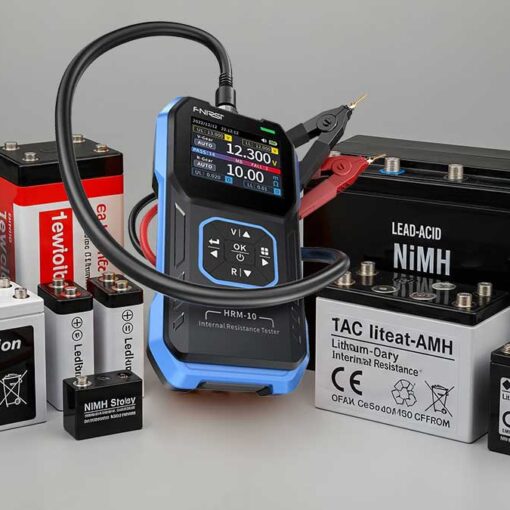
Car Leakage Current
Typical values for leakage current (idle consumption) from a modern car battery are between 20 and 50 milliamperes (mA).
Normal and maximum permissible values
- Ideal value: Anything below 50 mA is considered completely normal for most gasoline and diesel cars. This energy is needed to maintain the memory of various modules such as the engine computer (ECU), the radio, the alarm system and others. Some experts claim that values below 20 mA should be considered normal. Here, the approach should be the same as with people. Each car is unique and it would be good to take this value into account when it is new so that it can be controlled. If its value is not known when it is new, the general rule is followed.
- Maximum permissible value: As an upper limit, a value of up to 80-85 mA is usually accepted. Although higher, this consumption should not cause ignition problems unless the car is not driven for several weeks.
When to worry? 😟
You should look for the cause of the leak if the idle consumption is permanently above 85-100 mA. At such values, you risk your battery draining significantly faster, especially at lower temperatures or if the car is not driven daily. Values above 100 mA will almost certainly lead to starting problems after a few days of standstill.
How is leakage measured?
To measure the leakage current, you need a multimeter with the ability to measure direct current (amperes). The procedure in brief is as follows:
- Turn off all consumers in the car (lights, radio, air conditioning, USB devices in the cigarette lighter).
- Close all doors, but ensure access to the battery. In some cars, it is necessary to “trick” the mechanism of the front hood or trunk into being closed (or the tailgate, rear door – depending on the location of the battery).
- Wait about 30-40 minutes. This time is necessary for all electronic modules in the car to “fall asleep”. Do not start disconnecting the battery terminal before the measurement itself. It is possible that the lack of power during the waiting period may disrupt the normal “fall asleep” of one of the electronic modules.
- Connect the multimeter in series to the negative terminal of the battery. This means disconnecting the negative cable from the terminal and connecting the multimeter between the cable and the terminal itself. If the battery is in the trunk or under the back seat, find it and measure directly on it. In such cases, do not be fooled into measuring values at the terminals near the engine. The problematic leak may be exactly in the area between the battery and these terminals.
- Read the value in milliamperes.
Probable causes
If you find a higher than normal consumption, the most common culprits are non-factory or damaged alarms, damaged or additionally installed audio systems or other electronic devices, defective relays, USB devices in place of the cigarette lighter or one of the electronic modules that does not “go to sleep” properly. In such a case, it is best to contact a specialized service for diagnostics.
If you have experience in identifying and eliminating a leak, please share more details – make and model, causes and methods of elimination, in a comment. You will certainly help many people.

